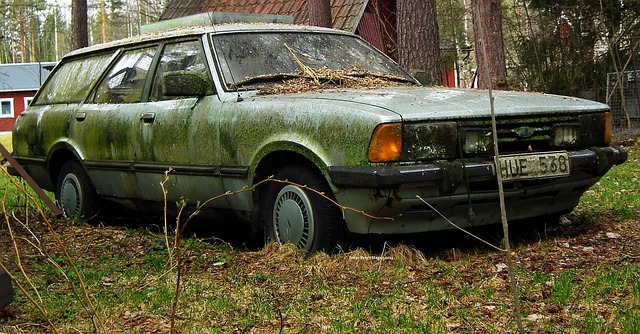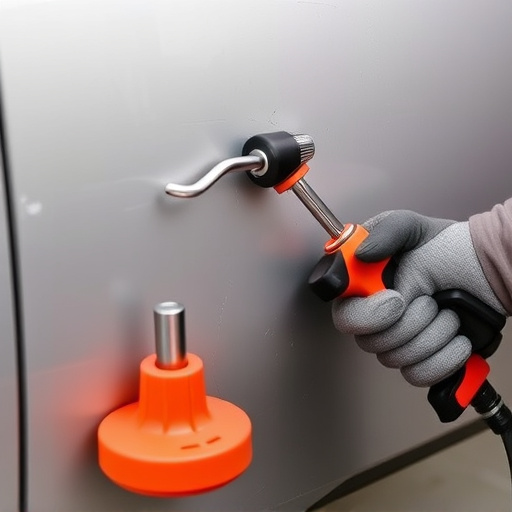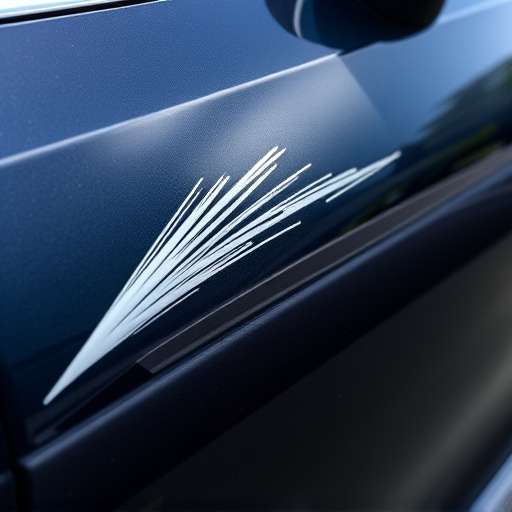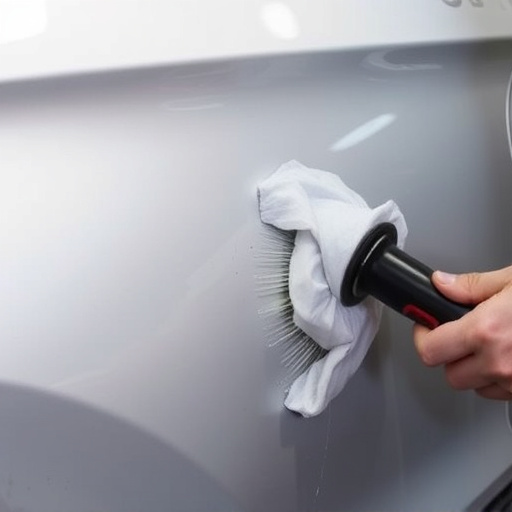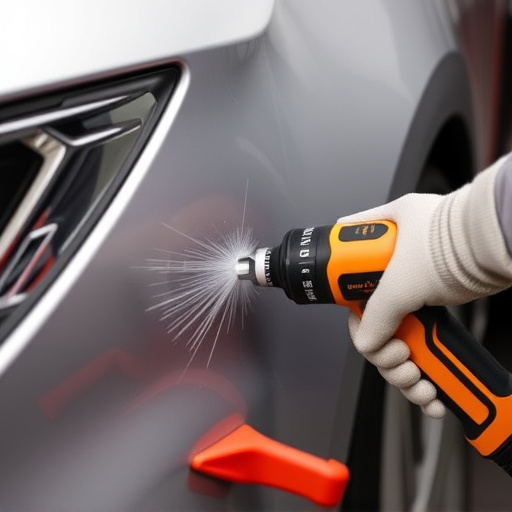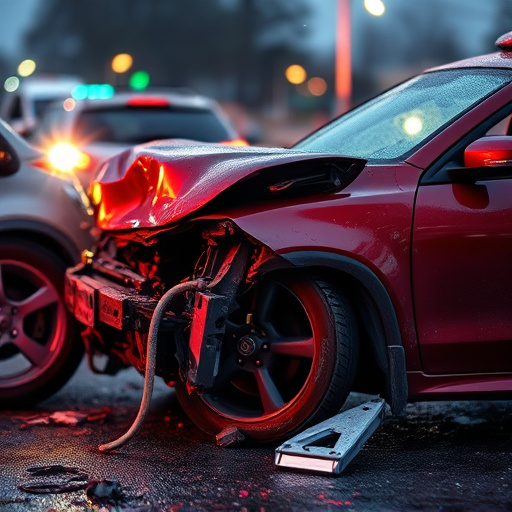An alternator inspection after an accident involves assessing visible and functional damage, checking belts, pulleys, and wiring for issues, verifying mounting and function, and performing diagnostic tests to determine necessary repairs, ensuring safe vehicle operation and restoring pre-accident condition.
After a car accident, proper alternator inspection and realignment are crucial steps in post-accident repairs. The alternator, a vital component powering essential systems, can sustain damage during impact. This article guides you through the process, starting with assessing alternator damage during inspection. We explore the key role of the alternator in vehicles and highlight safe realignment techniques to ensure reliable performance after structural car damage. Learn how to effectively navigate these repairs for a smooth driving experience.
- Assessing Damage to Alternator During Inspection
- Understanding the Role of an Alternator in Vehicles
- Safe Realignment Techniques for Post-Accident Repairs
Assessing Damage to Alternator During Inspection
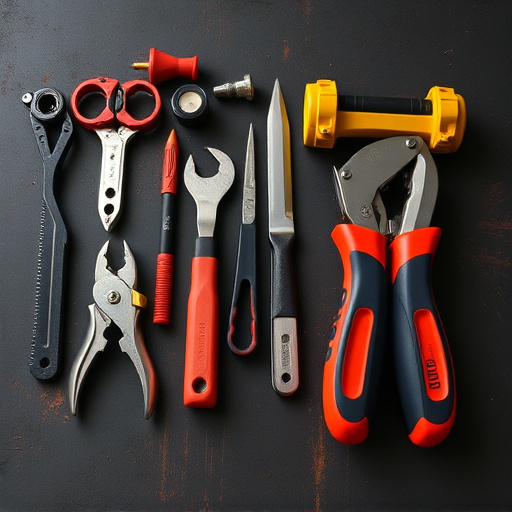
During an alternator inspection after an accident, it’s crucial to assess both visible and functional damage. Start by examining the alternator for any obvious signs like dents, cracks, or leaks that could indicate structural compromise. Even subtle changes in shape or alignment might suggest internal damage that requires further investigation.
Pay close attention during alternator inspection to components like belts, pulleys, and wiring harnesses, as these can be affected by vehicle dent repair or tire services. Auto body repairs might also have impacted the alternator’s mounting, so ensure everything is securely fastened and functioning optimally. Any discrepancies should prompt a thorough diagnostic test to confirm if the alternator needs replacement or specialized repair services.
Understanding the Role of an Alternator in Vehicles
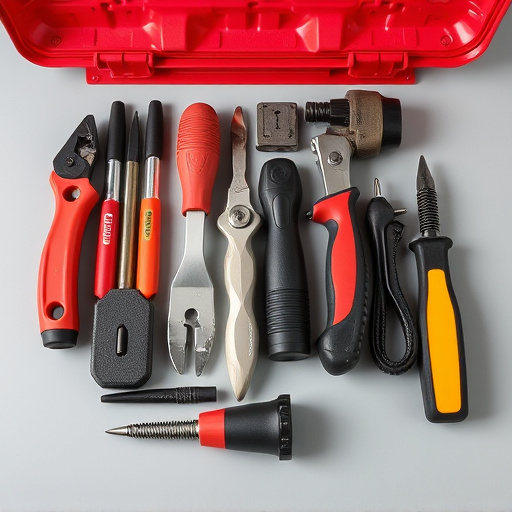
The alternator is a vital component of modern vehicles, playing a crucial role in maintaining their electrical systems. Its primary function is to generate electricity, ensuring that all electronic components, including lights, engines, and various sensors, receive the power they need to operate efficiently. After a car accident or structural damage, an alternator inspection becomes essential. This process involves assessing whether the alternator has been affected by the collision, as any damage could lead to electrical failures and safety hazards.
During an alternator inspection after an accident, technicians look for signs of physical damage, such as cracks or loose connections. As part of collision damage repair, it’s crucial to ensure that all components are in working order. If the alternator is compromised, it may require replacement to prevent further complications and to guarantee safe operation of the vehicle. This process is an integral part of comprehensive car paint repair and automotive collision repair procedures, ensuring that vehicles return to their pre-accident condition.
Safe Realignment Techniques for Post-Accident Repairs
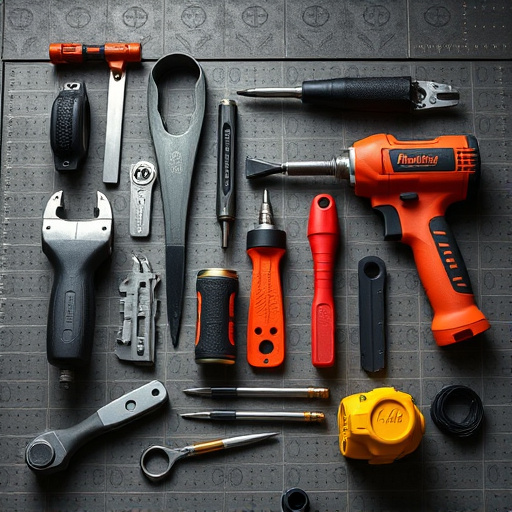
When realigning an alternator after structural car damage, safety should be the top priority. After any accident, a thorough alternator inspection is crucial to assess potential harm. This involves carefully examining the alternator for visible signs of wear, cracks, or loose connections, as these could indicate compromised functionality that may pose risks during operation. A qualified mechanic should handle this step, using specialized tools to ensure accurate measurements and adjustments without causing further damage.
Realignment techniques must be performed by experienced professionals in a collision repair shop equipped with the right tools. Modern alternators are intricate components integrated into a car’s electrical system, necessitating precise handling. Using incorrect methods or tools can lead to faulty repairs that could compromise the alternator’s performance and potentially cause further auto glass repair or tire services issues. Proper realignment ensures optimal alternator function, enhancing safety and reliability on the road.
After assessing damage during an alternator inspection and understanding its crucial role in vehicle functionality, it’s vital to employ safe realignment techniques during post-accident repairs. By carefully realigning the alternator, you ensure optimal performance and longevity, addressing potential issues before they become costly problems. When conducting an alternator inspection after an accident, remember that proper alignment is key to a reliable and efficient driving experience.
